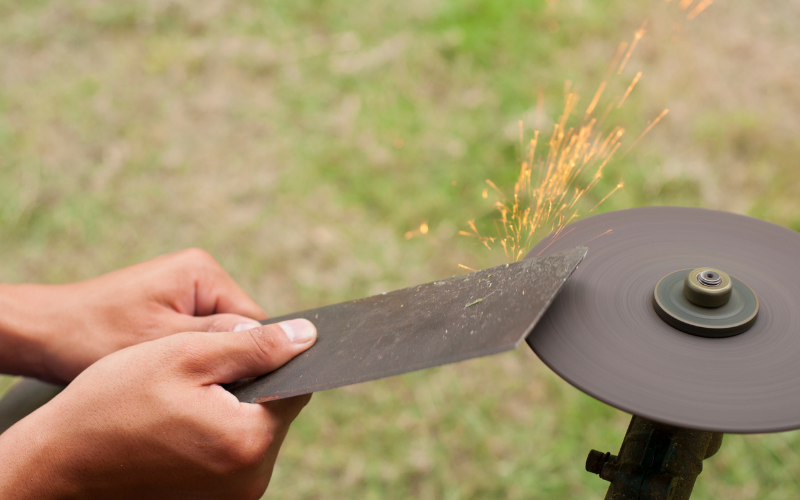Lawn rareunparalleled mower blade sharpener blades wear out and must be replaced often to keep your lawn looking at its best. Replacing the blades is a fairly simple task that requires only just a few steps, and a few basic tools.
The best lawnmowers blades are made of strong materials. They will be able to last a long time without rusting. Blades must be able to take on the rigors of high-force.
Deck Blade
The cutting blade is the most important part of a lawnmower. It is encased within a casing, also known as the deck. It is available in a variety of shapes, sizes and designs. Each has its own specifications, and it should be able to withstand high-speed contact with grass and other objects.
The standard blades are curved and lift the grass using a scissor motion. The curved blade also helps in dispersing the clippings. This type of blade requires less power than a high-lift blade, so it’s ideal for mowing on the dirtiest or most sand-covered terrain.
The reel blades or cylinders comprise 3-7 helical shaped blades that are welded into the cylinder’s rotating reel. They are utilized in reel-powered or gas-powered lawn mowers. They’re the most popular type of mower blade, and they’re easy to replace. Blades are sharpened and rebalanced by many hardware or lawn-care stores at a nominal cost.
Standard Blade
The most commonly used blade for lawn mowers is the blade that’s flat. It is made to cut grass, but it has no specific features, such as bagging or mulching capabilities. It is able to provide minimal suction and is suitable for any kind of grass.
The blades of high-lift blades are angled in a way that maximizes airflow. They create a vertical suction that brings the grass closer to the deck. It gives a crisp look to your lawn. The blades are also perfect to mowing over sandy areas.
When using the lawn mower blades, make sure the shear pin holes are aligned correctly with the mower’s center bolt hole. The blade won’t sit correctly on the boss if it is not properly aligned. This can lead to the blade deteriorating quicker than you would expect. To ensure that the shear pins are positioned properly, it is suggested to consult the manual of your mower or parts list for the position of the holes.
Lifting Blade
These blades are designed to recirculate air in the deck of the mower, reducing clogging and providing a quality cut. The curved blades that are inwards-facing create the impression of a vacuum, which allows the grass to rise and supplies it with a bagging or a side discharge system.
They are also more efficient at cutting longer grass than blades with an lower lift. They’re also great for grass clippings need to be mowed. They can be used with a 3-in-1 blade or a 2-in-1 blade.
The only downside of the blades is that they require a stronger lawn mower engine to ensure they don’t strain the motor. They’re not recommended for use on sand or dirt terrain where grit and sand could be thrown up, which can cause damage to the deck of the mower faster.
Mulching Blade
This blade is a popular option for those who do not use a bagger. It permits clippings left by your mower to be discharged through the chute that discharges them. They have bigger “wind wings”, which are bigger than those found on lawn mowers that are regular. They can generate better airflow under the grass clippings. Then, they can be safe to be discharged by your mower.
To ensure that your lawn mower’s mulching blade has been installed correctly, check its bevel (the slope at the blade’s edge responsible to cut) to make sure that it is pointed downwards towards the ground when you are mowing. The blade’s sharp edges may cause damage to your mower’s deck if it is not properly installed. Be sure that the blade is not bent at an angle that is not natural. This can make it ineffective to cut larger grass. This is typically a sign of a damaged blade.
